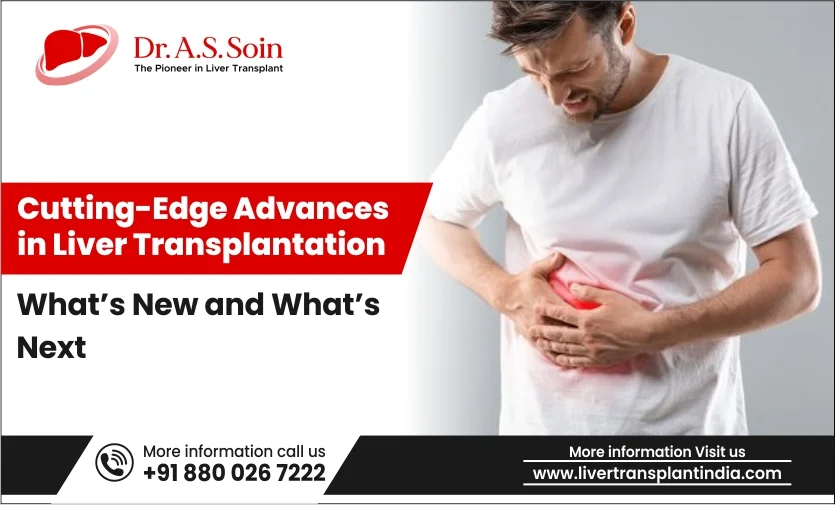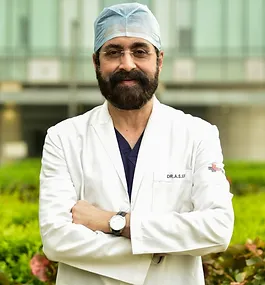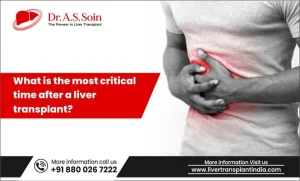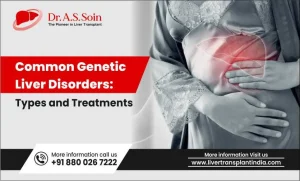Liver transplantation, a life-saving treatment, involves replacing a damaged liver with a healthy donor liver. This procedure is often the last resort for patients with end-stage liver diseases, such as cirrhosis, liver cancer, or acute liver failure. Since the first successful liver transplant in 1967, significant advancements have improved patient outcomes and long-term survival rates.
With progress in surgical techniques, organ preservation, and immunosuppressive therapies, liver transplantation has evolved from a risky experimental procedure into a sophisticated and routine operation.
This article explores the latest innovations that are shaping the future of liver transplantation, from 3D bioprinting to advancements in donor matching, and discusses what’s new and what lies ahead.
Table of Contents
ToggleKey Developments in Liver Transplantation
Recent innovations have transformed liver transplantation, improving patient outcomes and enhancing surgical precision. These advancements are making liver transplants safer, more effective, and accessible to a broader range of patients.
Improvements in pre-operative planning, surgical precision, and post-operative care have reduced complications and recovery times, making these techniques essential for the future of liver transplantation.
Minimally-Invasive Surgery Techniques
One significant advancement is the increasing use of minimally invasive surgery. Laparoscopic liver transplantation, for instance, offers the same efficacy as traditional methods but with smaller incisions. This reduces patient pain, minimizes infections, and shortens hospital stays.
Robotic-Assisted Procedures
Robotic-assisted liver transplants are another cutting-edge development. Robotic technologies give surgeons greater flexibility, precision, and control, minimizing tissue damage and enabling more accurate incisions. In complex surgeries, robotic assistance helps improve outcomes by enhancing dexterity and precision, reducing the risk of human error.
3D Printing for Surgical Planning
3D printing revolutionizes liver transplantation by enhancing surgical planning and precision. Patient-specific liver models, created using CT scans and 3D printing technology, enable surgeons to visualize complex anatomy and vascular structures. These models facilitate:
- Accurate tumor localization
- Optimal graft placement
- Reduced ischemia time
- Minimized blood loss
3D printing also enables simulation of surgical procedures, allowing teams to rehearse and refine their approach. Customized models improve communication between surgeons, radiologists, and patients, ensuring better outcomes. Integrated with virtual reality, 3D printing is transforming liver transplantation, making complex procedures safer and more effective, and improving patient care. Precision medicine advances.
Advances in Organ Preservation
Preserving donor organs has always been a critical challenge in liver transplantation. Traditionally, static cold storage was used to preserve livers, but it had limitations regarding organ viability. Recent breakthroughs in organ storage and logistics have significantly extended the viability of donor livers.
Normothermic Machine Perfusion (NMP)
Normothermic machine perfusion (NMP) is a groundbreaking technique that mimics the liver’s natural environment by circulating oxygenated blood or specialized solutions at body temperature. This keeps the liver functional, allowing for viability assessment before transplantation. NMP has been shown to extend preservation time and improve liver health, leading to better transplant outcomes.
Hypothermic Oxygenated Perfusion (HOPE)
Hypothermic oxygenated perfusion (HOPE) is another significant innovation. By cooling the liver to a lower temperature while providing oxygen, HOPE balances the benefits of oxygenation with traditional cold storage, extending the transplant window and reducing cellular damage.
Advancements in Immunosuppressive Therapies
Recent developments in immunosuppressive treatments have revolutionized liver transplantation by reducing rejection risks and improving patient outcomes.
Personalized Immunosuppressive Therapy
In the past, liver transplant recipients were prescribed broad-spectrum immunosuppressants, often leading to significant side effects. Now, personalized medicine allows for more tailored immunosuppressive regimens based on a patient’s immune response and genetic profile. This approach reduces side effects and improves overall outcomes.
Targeted Therapies
Targeted therapies, focusing on specific immune pathways that lead to rejection, represent another major advancement. These therapies, including agents that inhibit T-cell activation, offer promising results, minimizing rejection risks while maintaining long-term liver function.
Growing Role of Living Donor Liver Transplantation
Living donor liver transplants are becoming increasingly popular as a solution to organ scarcity. This method involves transplanting a portion of a healthy donor’s liver, significantly reducing waiting times for recipients.
Enhanced Donor Safety
Advances in surgical techniques, such as laparoscopic surgery, and improved post-operative care have made living donor procedures safer, with quicker recovery times and fewer complications. Pre-operative screening and careful donor management also ensure optimal outcomes for both donors and recipients.
Increasing Adoption
With improved safety protocols and awareness, living donor liver transplantation is on the rise globally. Many transplant centers actively promote these programs, providing potential donors with education about the risks and benefits.
Bioengineering and Artificial Livers
Bioengineering has transformed liver treatment with artificial liver development, offering a groundbreaking solution for organ shortages and liver disease management. Artificial livers, crafted from biomaterials and liver cells, mimic natural liver function, providing temporary or permanent support. 3D-printed scaffolds and microphysiological systems enable tissue regeneration and precise drug testing. These innovations improve patient survival, enhance drug development, and personalized medicine. Researchers continue refining liver cell function, scalability, and integration. Artificial livers hold immense promise, potentially revolutionizing liver transplantation and treatment, and offering new hope for millions worldwide suffering from liver diseases, including cirrhosis, cancer, and hepatitis. Effective solutions are nearing.
Future Prospects and Challenges in Liver Transplantation
One of the biggest challenges in liver transplantation remains the shortage of donor organs. Despite technological advancements, the demand for liver transplants continues to outpace the supply, leading to long waiting periods and higher mortality rates.
The Promise of Stem Cell Research
Stem cell research offers hope for addressing this shortage by potentially generating liver cells that could reduce the need for donor organs in the future.
Gene Editing
Gene editing technologies like CRISPR may also play a role in improving organ compatibility and correcting genetic disorders, transforming liver transplantation in the years to come.
Conclusion
The field of liver transplantation is undergoing transformative changes, with advancements in organ preservation, surgical techniques, biotechnology, and immunosuppressive therapies. These innovations promise to significantly improve patient outcomes, reduce complications, and address the organ shortage crisis.
Living donor programs continue to expand, providing better access to transplants and ensuring donor safety. Meanwhile, ongoing research in stem cell therapy and artificial organs may revolutionize liver transplantation, offering new hope to patients worldwide.
If you are considering a liver transplant or seeking expert advice, consult with Dr. A.S. Soin, a renowned authority in liver transplantation at Liver Transplant India, Medanta, for personalized care and guidance on the latest treatment options.








